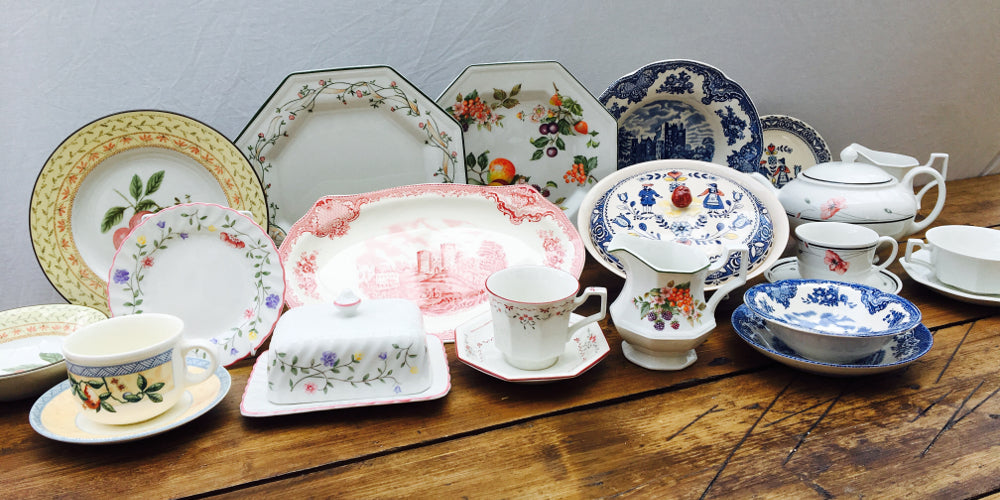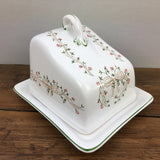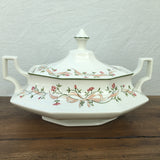The History of Johnson Brothers Pottery
Posted by Mike Eley on

Johnson Brothers is a pottery known for introducing early semi-porcelain tableware.
Founded by Frederick and Alfred Johnson way back in 1883, the brothers were actually the grandsons of renowned English potter, Alfred Meakin, which no doubt helped to stir up interest in their new pottery venture. They started with simple wares of flow blue porcelains, but as they expanded, more variety was introduced, specifically with the introduction of transferware for which they established a name for themselves early on.
In 1888, their elder brother Henry joined the business venture as well. Henry produced his wares in a factory named the Charles Street Works in Stoke-on-Trent, as well as in two facilities nearby. Not long after the 18th century, the fourth brother, Robert, also decided to join the growing business. He took the line to the US by opening a franchise satellite in New York City. Almost immediately four further franchises were opened in the US.
Thanks to Robert’s efforts, Johnson Bros sales in America boomed, as many admired the unique looking china on offer. In the meantime, success continued in the UK as well with the company’s mid-range pricing helping sales figures.
At the dawn of the Twentieth century, the sons of the brothers decided to join the family business and led sales efforts all across Europe. After World War 1, they started to add new products, new styles, and designs to their product line. During the early part of 1920, they introduced the latest colored clay body called “Dawn”, which was available in colours such as gray, green, rose, and gold.

In the 1930’s, the original Charles street factory was closed while the newer works focused on new technology. This resulted in higher quality products, higher output, in turn leading to lower prices for customers and better pay and conditions for workers. World War II however, resulted in a dramatic loss of business in the US, and even post-war, export orders were sporadic for some time.
In the 1950’s Johnson Brothers earned Royal Warrants from Queen Elizabeth II, the Queen Mother, for award-winning high-quality designs that had become widely popular. In fact, they were awarded the Queen’s Award to Industry, twice in a row, for their significant contributions to the economy. However, the 1960’s saw changes in tastes, along with rising competition in the marketplace. The costs of production were increasing, and Johnson Brothers additional plans for their expansion were on the brink of collapse.



In 1968, Johnson Brothers became a partner with the rapidly developing Wedgwood Group. With this partnership, came some of the most popular patterns to be produced in the succeeding years. This includes the introduction of its widely known “Eternal Beau” in 1981.
In the early 2000’s, there was a temporary move and transfer of their tableware division to J & G Meakin (part of the Waterford Wedgwood Group) at the Eagle Pottery Works, but in 2003 production in the UK of Johnson Bros ceased altogether as manufacturing moved to China; the end of an era. The Eagle Pottery Works was demolished in 2005. In 2015, following the acquisition of Waterford Wedgwood by Finnish company Fiskars, the Johnson Brothers branding was discontinued.
Share this post
- Tags: A Brief History, Johnson Brothers
